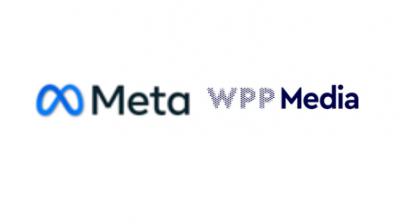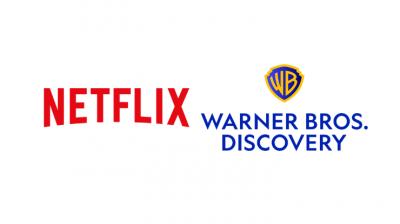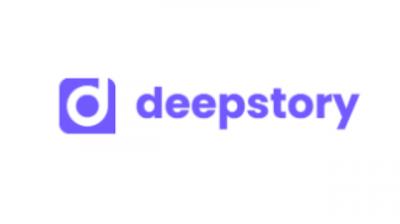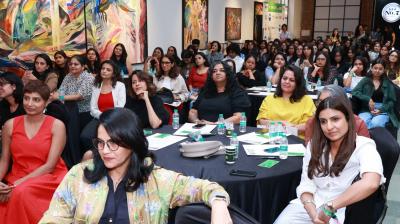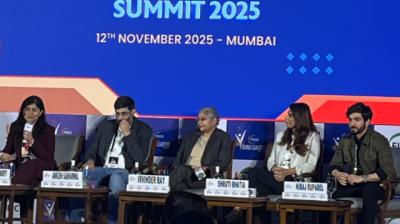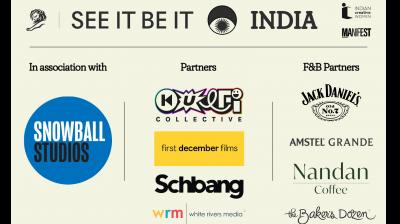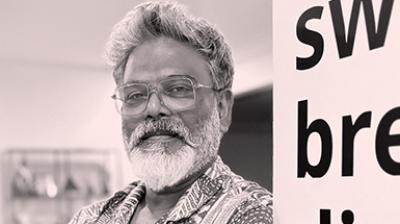For the unversed, rage-bait advertising is the tactic of deliberately stirring up strong emotions in the viewer - usually anger - to grab attention. At its core, rage baiting campaigns use provocative or controversial content to trigger outrage. Cases in point: the recent American Eagle starring Sydney Sweeney, and closer home, the Yes Madam ‘Fire the stressed’ campaign, Cars24’s ‘Dowry Offer’ campaigns, Deepinder Goyal’s ‘pay to work’ stunt and Bombae’s Razor ad targeting a 10th-grade topper, to name a few. The logic is simple: anger fuels engagement, and engagement fuels visibility and profits. While this often benefits brands and creators financially, it raises questions - about ethics and whether short-term visibility is worth long-term brand risk.
Sure, rage-baiting gets you noticed, but at what cost? Is rage baiting clever marketing or manipulative click-bait? A bold strategy or a ticking brand reputation time-bomb?
In our October issue, we explore the rights, wrongs, and trade-offs of this provocative tactic, with Nisha Singhania, CEO and managing partner, Infectious Advertising, and Harshil Karia, founder and CEO, Schbang:
Does the effectiveness of rage-baiting justify its ethical compromises? Can provocation ever be responsible advertising?
Nisha Singhania (NS): Rage-baiting may deliver quick spikes in engagement, but effectiveness cannot be measured in likes and shares alone. Advertising has always thrived on provocation—whether it was Benetton’s shock campaigns in the 90s or socially disruptive messages today—but there’s a difference between sparking thought and inciting outrage. Responsible provocation challenges norms, starts conversations, and ultimately uplifts brand equity. Rage-baiting, by contrast, often exploits insecurities or triggers social fault lines, and that is an ethical red line.
Rage-baiting may win clicks, but it erodes trust—the real currency of brands.
Harshil Karia (HK): It’s true that rage baiting works sometimes. We’ve all seen it - a campaign provokes, the comments explode, the algorithm carries it everywhere. For a short while, it looks like success. But that doesn’t mean it’s good brand-building. If anything, it’s the opposite. You’re effectively borrowing attention from outrage, and borrowed attention doesn’t always convert into trust.
Now, can provocation be responsible? Yes, but only in a very narrow way. If the provocation is born from the brand’s own ethos, it can make sense. Rage isn’t inherently evil; it just has to come from a place of brand truth.
How do rage-bait campaigns shape consumer trust, loyalty, and mental well-being? Do audiences eventually see through the tactic?
NS: Trust is a long game. Consumers may initially engage with rage-bait because it entertains, shocks, or amuses, but repeated exposure leads to cynicism. Over time, audiences do see through the tactic, and what remains is not loyalty but suspicion. Worse, rage-driven narratives normalise toxicity and contribute to a culture of outrage fatigue. For brands, this is a dangerous exchange—short-term buzz traded for long-term erosion of goodwill.
What you gain in buzz, you lose in loyalty.
HK: Rage-baiting may pull people in, yes, but at the cost of putting them against each other. And when you build relevance by turning your consumers into combatants, you are not earning trust; you are exploiting tension. Trust is not built in a comment thread. Loyalty is not built in rage; it is built in repetition. And mental well-being is eroded when brands keep throwing conflict into people’s lives in the name of engagement.
Audiences will absolutely see through it. They already are. Outrage is cheap fuel. It burns bright, then it burns out, and it leaves the brand looking smaller than when it started. If you want to be relevant tomorrow, say something true, say it consistently, and people will come back. That’s the relevance the algorithm can’t fake.
Since social media platforms’ algorithms often amplify outrage, do brands have a choice - or are they just responding to platform incentives?
NS: Platforms do incentivise outrage by rewarding emotional intensity with visibility. But brands always have a choice. They can either chase the algorithm and risk being reduced to shock merchants, or they can choose a harder but more sustainable route: creating meaningful, share-worthy content that entertains, educates, or inspires. Algorithms may amplify outrage, but they also amplify joy, empathy, and creativity—brands that lean into those values tend to endure.
HK: It’s easy to say the algorithm made us do it. And yes, outrage gets rewarded. But let’s not confuse an incentive with an order. Algorithms don’t force brands to throw petrol on every fire. They simply reward participation. The choice of how you participate is entirely yours. The best use of rage-baiting moments is often in moment marketing. You respond, you participate, but you do it in your own tone and ethos. You don’t need to manufacture anger to be relevant.
Can a brand build long-term equity on a foundation of provocation and controversy, or is rage-baiting destined to burn out?
NS: History shows that sustained equity comes from consistency of purpose, not constant controversy. Rage-baiting can be a spark, but sparks don’t keep the fire burning. At best, it makes a brand a talking point; at worst, it reduces it to a punchline. Long-term brand equity requires trust, relevance, and emotional resonance—things rage-baiting is structurally incapable of delivering.
HK: Rage-bait is often the creative shortcut. When a team doesn’t have a clear product truth to lean on, or the stamina to tell that truth in interesting ways, they reach for provocation. It’s the quick fix.
So the real risk isn’t just that rage burns out. The risk is that by leaning on it, you erode the muscle of brand-building itself. You train your teams to chase heat instead of building equity. And once that muscle weakens, even the best product truths can’t save you.
Where does one draw the line between sparking healthy debate and deliberately provoking outrage?
NS: The line lies in intent and empathy. If the intent is to spark awareness, open perspectives, and invite dialogue, it can be powerful. If the intent is to ridicule, demean, or exploit sensitivities for clicks, it crosses into manipulation. Healthy provocation leaves audiences feeling thoughtful; rage-bait leaves them feeling used. Brands must ask themselves: are we adding value to the cultural conversation, or are we merely hijacking it for attention?
HK: The line is drawn by one’s brand values. If the debate you’re entering is an extension of what you already stand for, then you’re adding clarity to culture. If you’re borrowing outrage from elsewhere, you’re just performing when you polarise non-consumers to speak more strongly to the ones who do buy you. There are, in my view, three legitimate uses of provocation: The first is where you polarise the non-consumer. The second is where you step into an enraged discussion with your brand’s perspective. And the third, most powerful, is when you stand for your consumer to right a genuine wrong. BBLUNT’s #BoycottBoyCut sits firmly in that third camp. It didn’t provoke for the sake of engagement. It was a hair brand questioning a dated label that lived right inside its own category. It provoked because the consumer had a problem that needed fixing.
Can rage-driven campaigns backfire on brand reputation and consumer relationships?
NS: Absolutely—and often do. The internet never forgets, and one misstep can follow a brand for years. Rage-driven campaigns risk alienating core consumers, triggering boycotts, and creating PR crises that demand costly damage control. More insidiously, they erode the invisible bank of trust that consumers place in brands. In the long run, the backlash usually outweighs the buzz.
HK: Yes, because rage-driven campaigns cannot be part of a brand system, they’re just sparks.
The Sydney Sweeney X American Eagle film is a clear example: the wordplay on ‘genes/jeans’ may have been innocent in intent, but the way it landed pulled the conversation toward exclusion and identity - far outside the product’s core story. The brand got attention, but not the kind you can build a system on.
Now, if you look closer to home, Wakefit is doing some very clever work with their Gaddagiri films - their take on Narayana Murthy’s 70-hour comment, even the Zomato internship - all of it shows real agility. They understand internet culture. But cleverness isn’t the same as a system. Outrage and flashpoints can win you topicality. But long-term equity is only built by systems that compound.
This article first appeared in the October issue of Manifest. Get your copy here.



